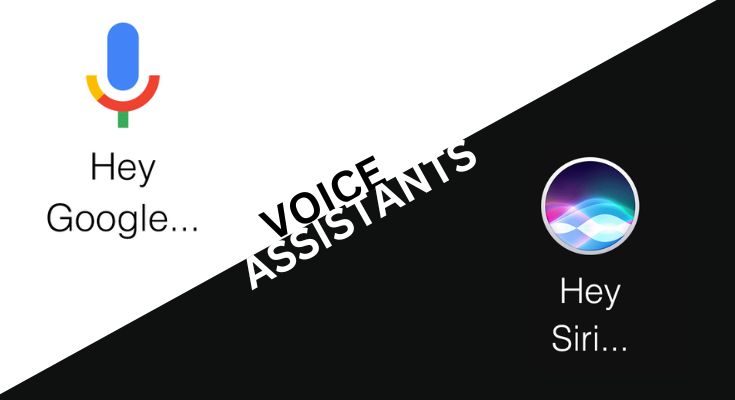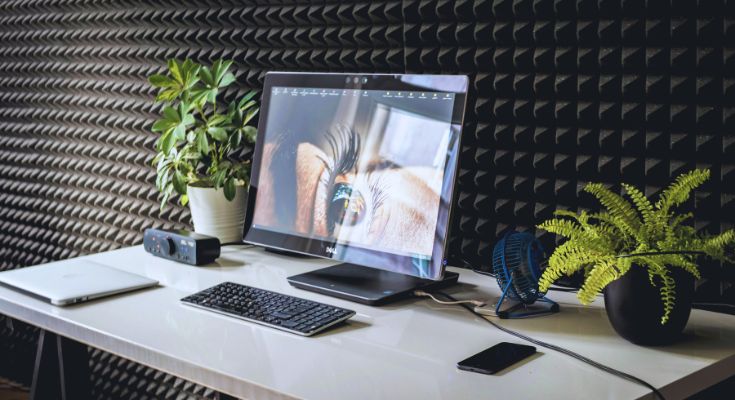The digital world offers incredible opportunities for connection, learning, and creativity. But for individuals with visual impairments, navigating this world can present unique challenges.
Thankfully, the devices we use daily – from smartphones and tablets to laptops and desktops – come equipped with built-in accessibility features designed to bridge these gaps. These tools aren’t just for severe impairments; even mild to moderate visual challenges can benefit significantly from them. This month, we’re focusing on a universally helpful feature: the Zoom function.
While many associate accessibility features with specialized software or complex configurations, often the simplest tools can make the biggest difference. Zoom is a prime example. It’s a feature most of us are familiar with, but its power to enhance usability for those with visual impairments is often overlooked. Whether you struggle with small text, intricate icons, or simply prefer a larger view, Zoom can make a world of difference.
Let’s explore how to access and utilize the Zoom function on different devices:
iPhone:
- How to Enable: Go to Settings > Accessibility > Zoom. Toggle the Zoom switch to the “on” position.
- How to Use: Once enabled, a triple-tap on the screen will activate the Zoom. You can then use a three-finger drag to move around the zoomed-in view. A two-finger double-tap will adjust the zoom level. The Zoom Controller, which appears as a small window on the screen, offers additional controls for panning, zooming, and even choosing a zoom region.
- Why it’s Helpful: Zoom on iPhone allows users to magnify specific areas of the screen, making it easier to read text, view images, and interact with app interfaces. The Zoom Controller makes navigation while zoomed much more manageable.
Android:
- How to Enable: Go to Settings > Accessibility > Magnification. Turn on the magnification shortcut. (The specific path may vary slightly depending on your Android version and device manufacturer).
- How to Use: Typically, triple-tapping the screen will activate magnification. Pinching with two fingers adjusts the zoom level. Dragging with two fingers moves the magnified area.
- Why it’s Helpful: Similar to iPhone’s Zoom, Android’s Magnification feature allows users to enlarge the content on their screens, making it more accessible for those with visual impairments.
PC/Windows:
- How to Enable: There are several ways to access Zoom on Windows. You can use the Magnifier tool (search for “Magnifier” in the Start Menu), or you can use keyboard shortcuts. Press the Windows logo key and the plus sign (+) to turn on the Magnifier. The minus sign (-) decreases the zoom level.
- How to Use: The Magnifier offers different views: full-screen, lens, and docked. Full-screen magnifies the entire screen, lens magnifies a specific area around the cursor, and docked magnifies a portion of the screen at the top or side.
- Why it’s Helpful: Windows’ Magnifier provides flexible zoom options and different viewing modes, catering to individual preferences and needs. Keyboard shortcuts provide quick access to zoom controls.
Mac:
- How to Enable: Go to System Preferences > Accessibility > Zoom. Check the box next to “Use keyboard shortcuts to zoom.”
- How to Use: Once enabled, you can use keyboard shortcuts to zoom in (Command + Plus sign +), zoom out (Command + Minus sign -), and toggle zoom (Command + 8). You can also use the Zoom pane in System Preferences to customize zoom settings.
- Why it’s Helpful: Mac’s Zoom feature offers smooth magnification and allows users to customize the zoom level and tracking behavior. The keyboard shortcuts make it easy to control the zoom while using the computer.
Beyond the Basics: Tips for Using Zoom Effectively
- Adjust Zoom Level: Experiment with different zoom levels to find what works best for you.
- Explore Zoom Modes: Try different zoom modes (e.g., full-screen, lens, docked) to see which one suits your needs.
- Customize Settings: Explore the zoom settings on your device to customize the zoom behavior and appearance.
- Combine with Other Accessibility Features: Zoom can be even more effective when combined with other accessibility features, such as increased text size or high contrast mode.
Zoom is a simple yet powerful tool that can significantly improve the digital experience for individuals with visual impairments.
By understanding how to access and utilize this feature on different devices, we can help create a more inclusive and accessible digital world for everyone.










